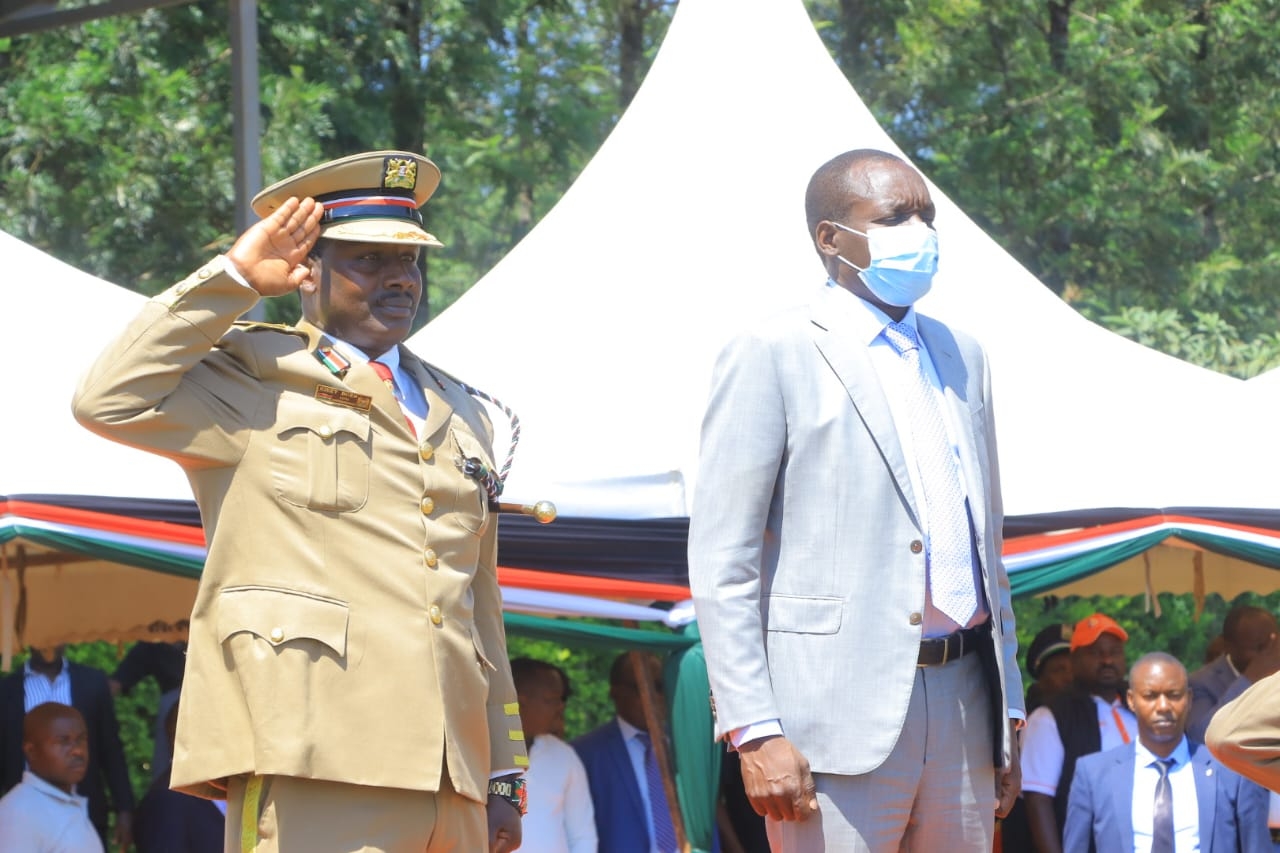Kenyans in eight counties can access free cholera vaccination beginning this week to protect them during the El Niño rains.
Health PS Mary Muthoni said the vaccinations begin on Thursday and will continue for ten days.
Cholera outbreaks are usually higher in Kenya during heavy rains.
“By working together, we can raise awareness, educate the public, and unite in our efforts to win the war against cholera, especially with the fears of the expected El Nino rains,” Muthoni said.
She said at least 11,181 Kenyans have fallen sick with cholera since October last year and 196 of them died.
Muthoni said the Ministry of Health has so far secured 1,533,199 doses of the Oral Cholera Vaccine for the exercise.
The vaccine offers protection for six months only.
“Because of the El Niño that has been announced that may happen in September you realise that it is going to be very wet and there is going to be probably water that is flowing and it would be important that we get prepared,” the PS said in a speech by deputy director general of health Dr Sultani Matendechero.
The current exercise, which is the second this year, will target Homa Bay (Suba South), Kajiado (Kajiado East), Marsabit (Moyale), Nairobi (Kamukunji and Embakasi Central), Wajir (Wajir North), Mandera (Mandera East), Machakos, and Garissa.
Muthoni said the first round of vaccination conducted in February reached 2.2 million people aged above one year in Nairobi, Garissa, Tana River, and Wajir.
El Niño events are typically associated with increased rainfall in Kenya. However, Meteorological Department director Dr David Gikungu said sometimes thy do not result in heavy rains and it is too early to tell when will happen this year.
Still, Dr Gikungu advised the government to plan for the enhanced rains.
In June, the World Health Organization also asked countries to prepare for possible outbreak of diseases, such as dengue and malaria, due to the "very high probability" of the El Niño weather phenomenon in 2023 and 2024.
Head of Disease Surveillance and Response at the Ministry of Health, Emmanuel Okunga, said nurses will move door-to-door administering the vaccine.
“However, we shall also visit public places like markets, bus stations, schools, and places of worship settlements while health facilities will also have vaccination points to be able to reach all the people,” Okunga said.
According to data from the ministry, Garissa has recorded the highest number of Cholera, cases with 2,853, Mandera 2,264, Nairobi 2,177, Wajir 945, Tana River 780, Kiambu 539, Machakos 491, Kajiado 398, Homa Bay 335, Mombasa 210, Siaya 162, Meru 138, Uasin Gishu 137 and Marsabit 112.
Other counties include Samburu with 60 cases, Kisumu 56, Nyeri 55, Murang'a 46, Isiolo 31, Kitui 27, Kirinyaga 17, West Pokot and Kwale 16 cases each, Nakuru 15, Busia 11 and Bomet with six cases.
At least 75 per cent of people with Cholera do not show signs, hence they may pass the bacteria to others without knowing.
"If treated quickly you will recover but if left untreated it can easily kill you within minutes, rapidly devastating communities and nations," Okunga said.
According to the WHO, countries that may receive heavier rains should also watch out for malaria, dengue, Zika and chikungunya outbreaks.
"WHO is preparing for the very high probability that 2023 and 2024 will be marked by an El Nino event, which could increase transmission of dengue and other so called arboviruses, such as Zika and chikungunya,” WHO director Dr Tedros Adhanon said last month.









![[PHOTOS] Uhuru visits Raila's grave in Bondo](/_next/image?url=https%3A%2F%2Fcdn.radioafrica.digital%2Fimage%2F2025%2F10%2F0a7bb837-9eaa-4053-be84-0ba48cc9964b.jpg&w=3840&q=100)


